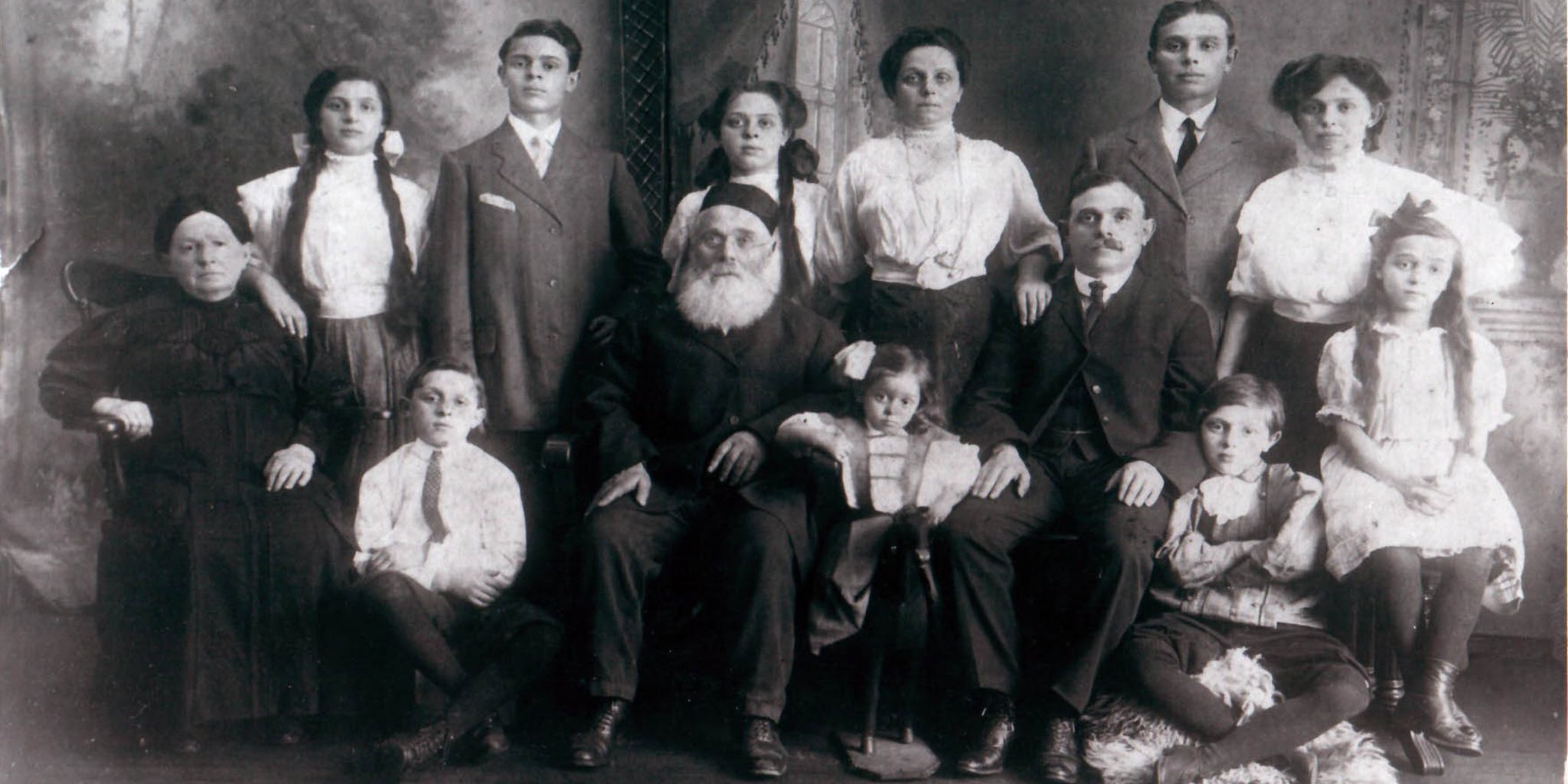5 techniques adults can pass along to kids
Imagine a school that graduates highly productive students each year. They are organized, motivated and break down projects with ease. Think it’s too good to be true? It might be easier than you think.
The school I work in features typical teens with a drive to make something of themselves. College is expected and planning the perfect portfolio begins in 9th grade. Everything on the outside looks idyllic but breaking down productivity habits reveals a different story.
The theme that I often see playing out in the lives of teenagers is one of procrastination, disorganization and a lack of confidence. I don’t mean self confidence — there’s plenty of that to go around. Where they sputter is in the area of productivity confidence.
Productivity confidence can be seen as an approach to one’s work. For many kids, the ability to break an assignment down into bite-sized chunks is foreign. I was no different as a kid, waiting until the last minute to complete assignments. Still, it doesn’t have to be that way.
So how do you teach kids the nuances and habits of sustained productivity? Is it as simple as handing them a David Allen book or purchasing for them a subscription to Nozbe? In this article we’ll outline five simple steps that will help any child or teen get more done in less time.
The project list
Most kids don’t have a complete list of all of their commitments in school or beyond the classroom. They become aware of this when some part of their system (and I use that word loosely) goes off track. Example: Joe’s math class grade goes from a B to a D in less than a week. He becomes aware that at least one part of his life is out of sync. By helping Joe to write down his projects, including every class he takes, he will have a better sense of the total landscape of his work.
What’s the Next Action?
As adolescent brain development is nearly always a work in progress, it’s difficult for children to see the long range view of their work. To counter this, teach them to ask the GTD question, “What’s the next action?” This will help to break a complex project down into manageable steps and ensure that progress can be made. I often role play with the students I mentor when they want to get extra help from a teacher but aren’t sure about the process. I keep forcing them to answer the question, “What’s the next action step?”
Capture method
This step is where many adults fall short so it should not be a surprise that kids struggle to capture their assignments in a trusted system. I suggest one of three approaches to an adolescent capture process:
- A simple notes app on a smartphone or iPad.
- A paper planner with a calendar built in.
- A small notebook that is pocketable.
Teaching kids how to capture what’s on their mind will translate into other disciplines like journaling and content creation.
Single tasking
This isn’t so much a step as it is an approach. Helping kids to turn off notifiers, put the cell phone down and make yourself invisible in Gmail will go a long way. This is as much about concentration as about productivity. We have a process called the “Ketchup Pass” which allows students to do one thing at a time, their homework, without distraction and interruption. It works every time and kids get to enjoy the slower pace of doing one thing at a time.
The Weekly Review
Parents can easily model this behavior for kids as Sunday night provides the perfect time to do a weekly review. Do your review in front of your kids (if you are a parent) and they will pick up some of the techniques that you use to get things done.
In conclusion, kids need productive adults to teach them the art and process of stress-free productivity. By practicing the five habits detailed above, students will be more productive and be equipped for the rest of their lives.
For a free download on the steps listed above, visit my website
Photo: Flickr / mike3k CC BY-NC-ND 2.0

